Do you ever wonder about those mysterious black dots and bands on your car’s windshield? You know, the ones around the edges, where the glass meets the metal frame of your car. I spent all my life assuming they were just a nifty graphic pattern that helped hide the glue marks of the glass being joined to the car frame, but turns out, they play a much larger and more important role than just being eye-candy. The black edges themselves and the dotted halftone pattern emerging from them both serve an incredibly technical purpose that helps prevent your windshield from coming apart or shattering under the wrong circumstances.
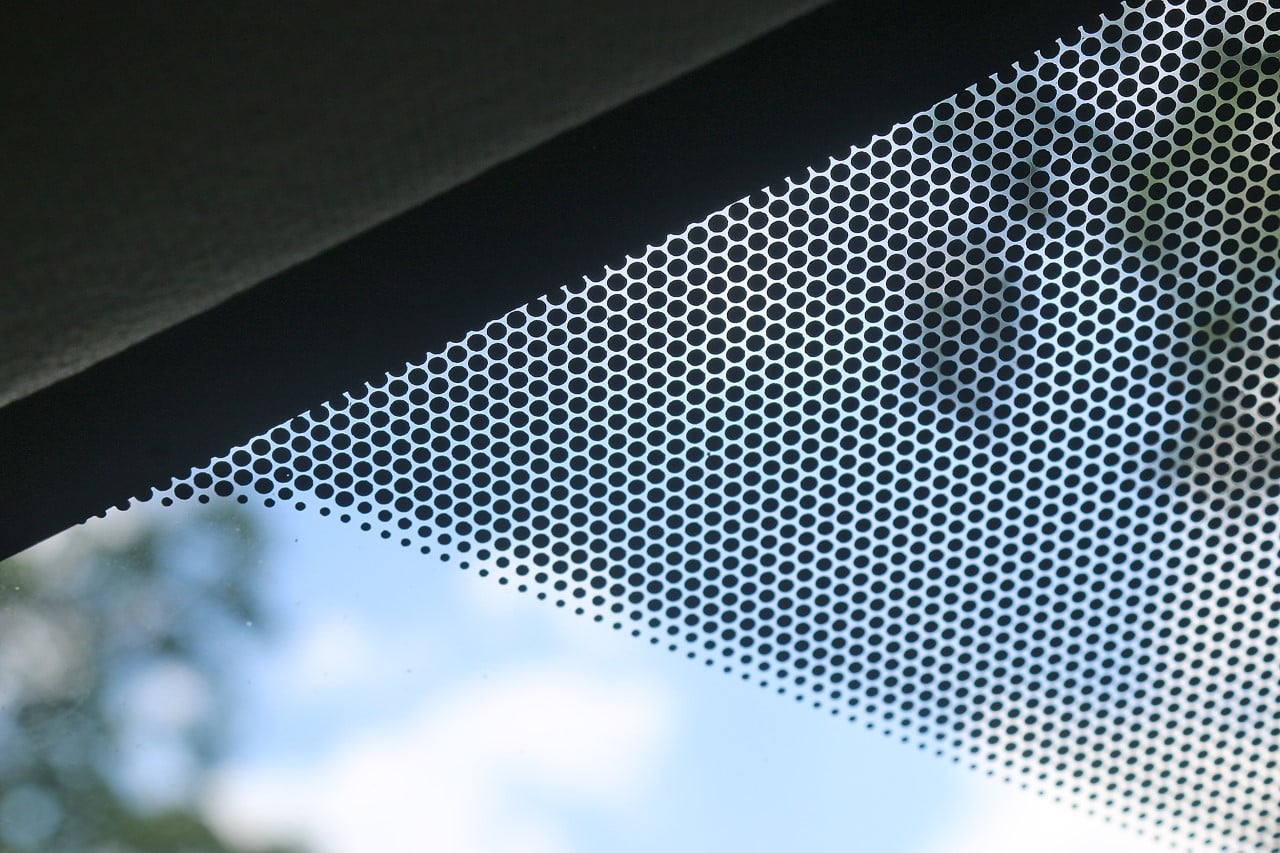
The Birth of the Frit
The frit, a term that might sound more at home in a sci-fi novel than in automotive jargon, refers to a black enamel band you’ve likely noticed lining the edges of your windshield The band surrounds the windshield on all sides, and comes with that signature halftone-inspired dotted gradient, disappearing gradually into the windshield. This particular element, which came into common use in the 1950s and 1960s, replaced the metal trim previously used to secure windshields. The purpose of this seemingly decorative feature is far more significant than meets the eye.
Why is it called a “Frit”?
The term “frit” in the context of windshields and glass production has a fascinating origin, rooted in the broader field of glass and ceramics manufacturing. The word “frit” historically refers to a type of fused, granulated glass that was used as a starting material for making glass, porcelain, and ceramic products. This material was created by melting a mixture of raw materials, such as sand and fluxes, which would then be rapidly cooled to form a granular substance.
When it comes to automotive glass, the term “frit” has been adopted to describe the enamel band applied to the periphery of the windshield. This enamel, which is essentially a type of glass that has been ground into a fine powder and mixed with various pigments and additives, is silk-screened onto the glass in a paste form. The glass is then heated in a furnace, causing the frit to fuse to the surface, forming a permanent bond. The name “frit” for this band on windshields likely stems from the similarity of this process to the traditional method of making glass frit for other purposes. In both cases, the material is initially in a granular or powdered form and is then fused onto a glass surface through a heating process.
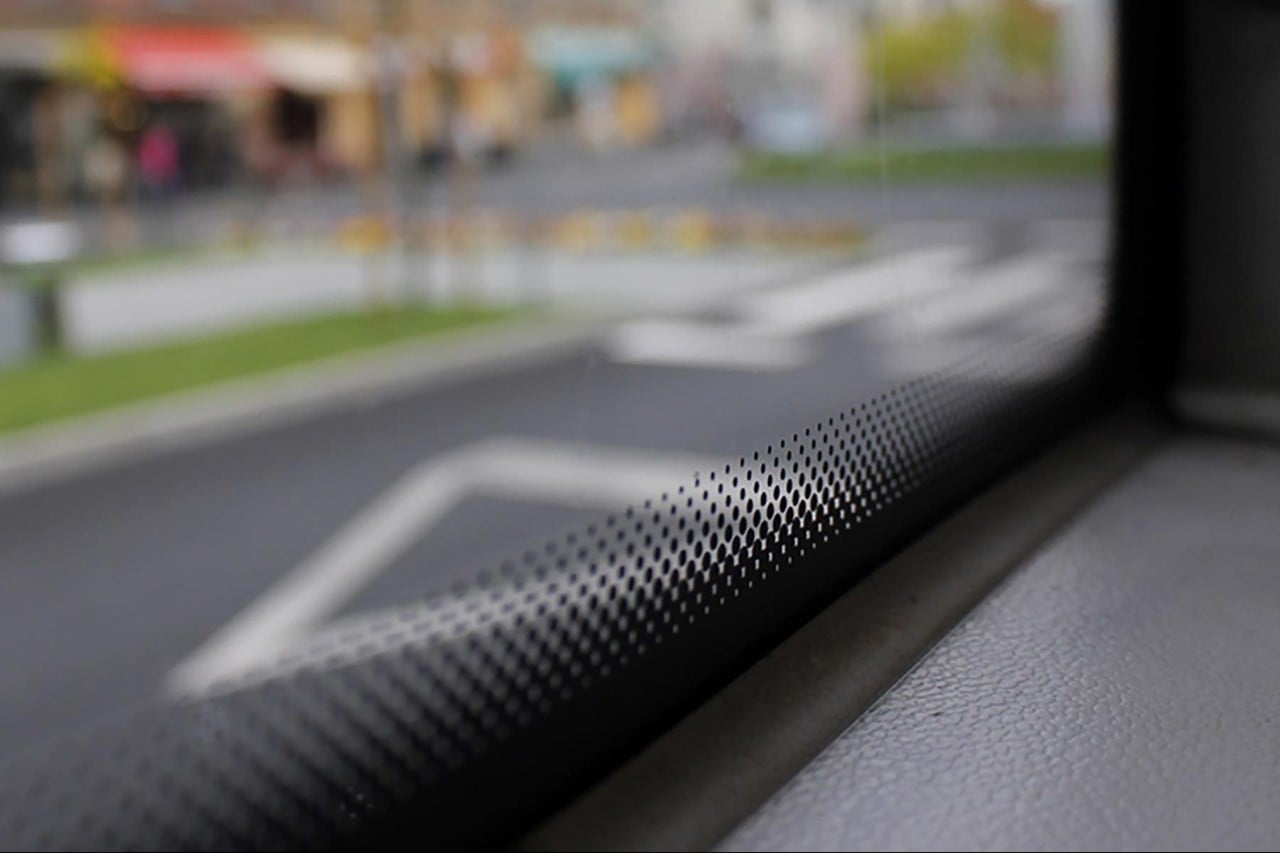
What does the Frit do?
1. Enhancing Adhesion
The primary role of the frit is to provide a rough surface that enhances the adhesion of the windshield to the car’s frame. This is essential for keeping the windshield securely in place, particularly in the event of a collision.
2. Protection from UV Rays
Another critical function is protecting the urethane sealant, which bonds the windshield to the car, from ultraviolet rays. UV exposure can weaken this sealant over time, leading to potential safety hazards. The frit acts as a shield, absorbing and blocking these harmful rays.
3. Aesthetic Transition
Beyond its functional roles, the frit also plays a cosmetic part. It smoothly transitions from the black border to the transparent glass, thanks to the dot-matrix pattern. This not only creates a more visually appealing look but also serves to conceal the adhesive used in installing the windshield.
4. Preventing Distortion
During the windshield manufacturing process, the glass is heated to be molded into a curved shape. The frit plays a role here too. The black band heats up faster than the clear glass, potentially leading to distortion. The gradual transition of the dot pattern from black to clear helps mitigate this risk by ensuring more even heating.
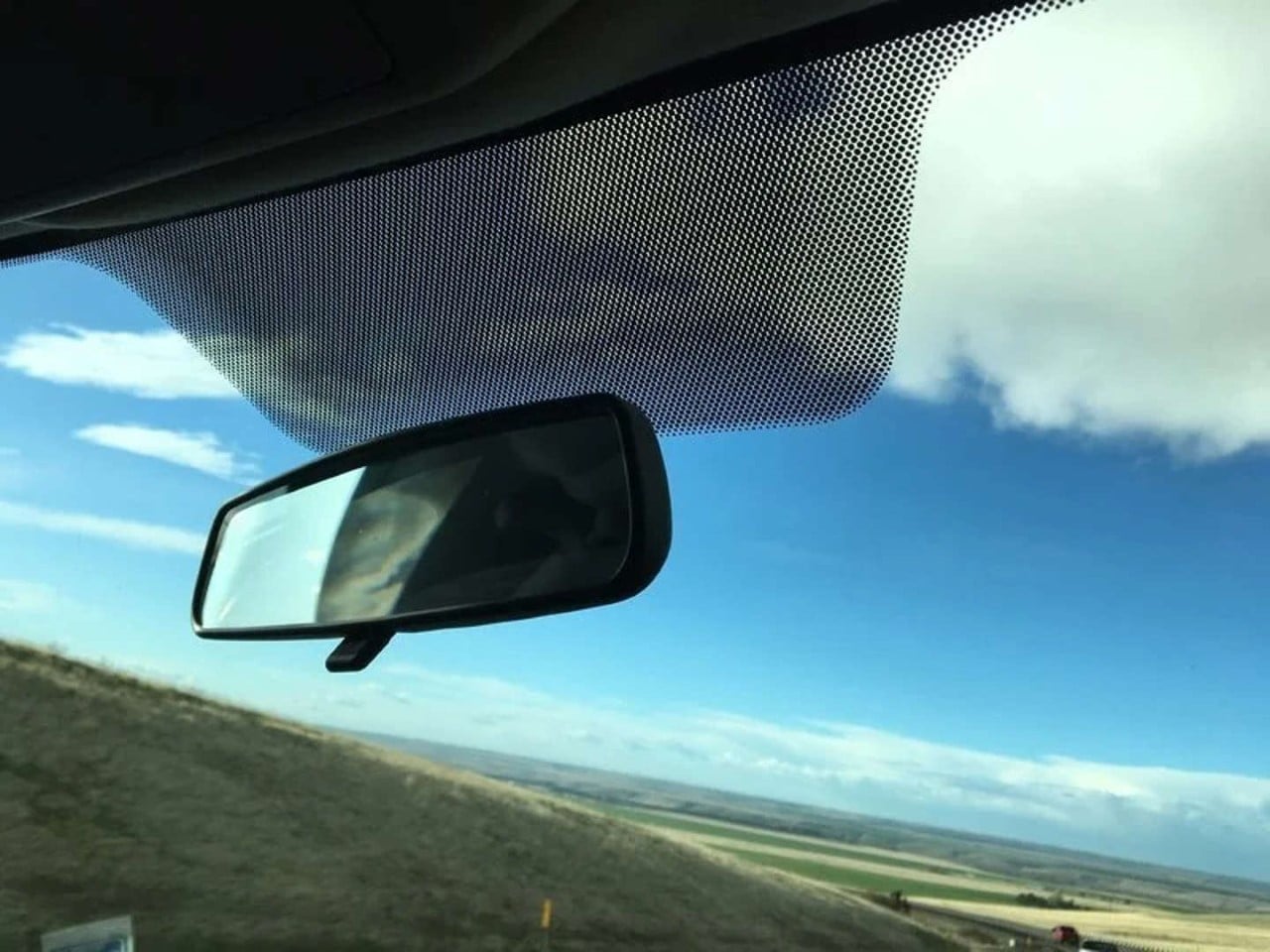
The Third Visor Frit
Modern cars often feature a “third visor frit.” These dots, typically denser at the top and gradually fading out, extend downwards between the two main sun visors. This design helps to reduce sun glare, particularly during sunrise and sunset when the sun tends to be directly in drivers’ eyes. The third visor frit is especially useful in situations where the regular sun visors can’t block the sun effectively, like when it’s at a lower angle. In modern times, it also helps cut direct glare to your dashcam, which can often be mounted near the rear-view mirror in the extended frit zone. This feature demonstrates an innovative use of windshield real estate, turning what was once purely a structural component into a functional element that enhances the driving experience.
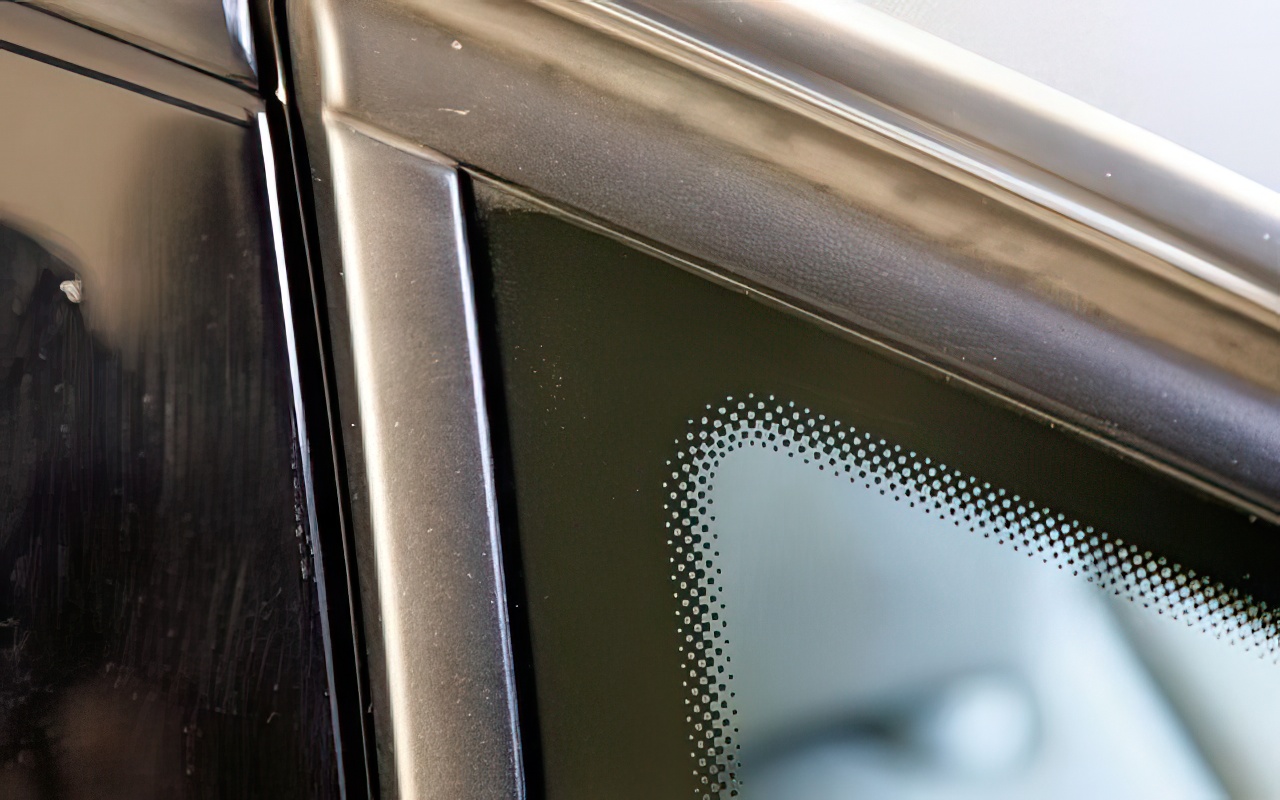
Contrary to popular belief, those seemingly inconspicuous black dots and bands on your car’s windshield play a much more crucial role than one might think. They enhance bond strength, protect against UV radiation, maintain temperature equilibrium, and contribute to the aesthetics of your vehicle. Additionally, the choice of adhesive, with hybrid polymer-based options being the superior choice, further influences the longevity and reliability of your windshield… So, the next time you gaze through your windshield, you’ll have a deeper appreciation for the science and functionality behind those tiny black dots.
The post The Real Reason behind those Black Dots on your Car’s Windshield first appeared on Yanko Design.

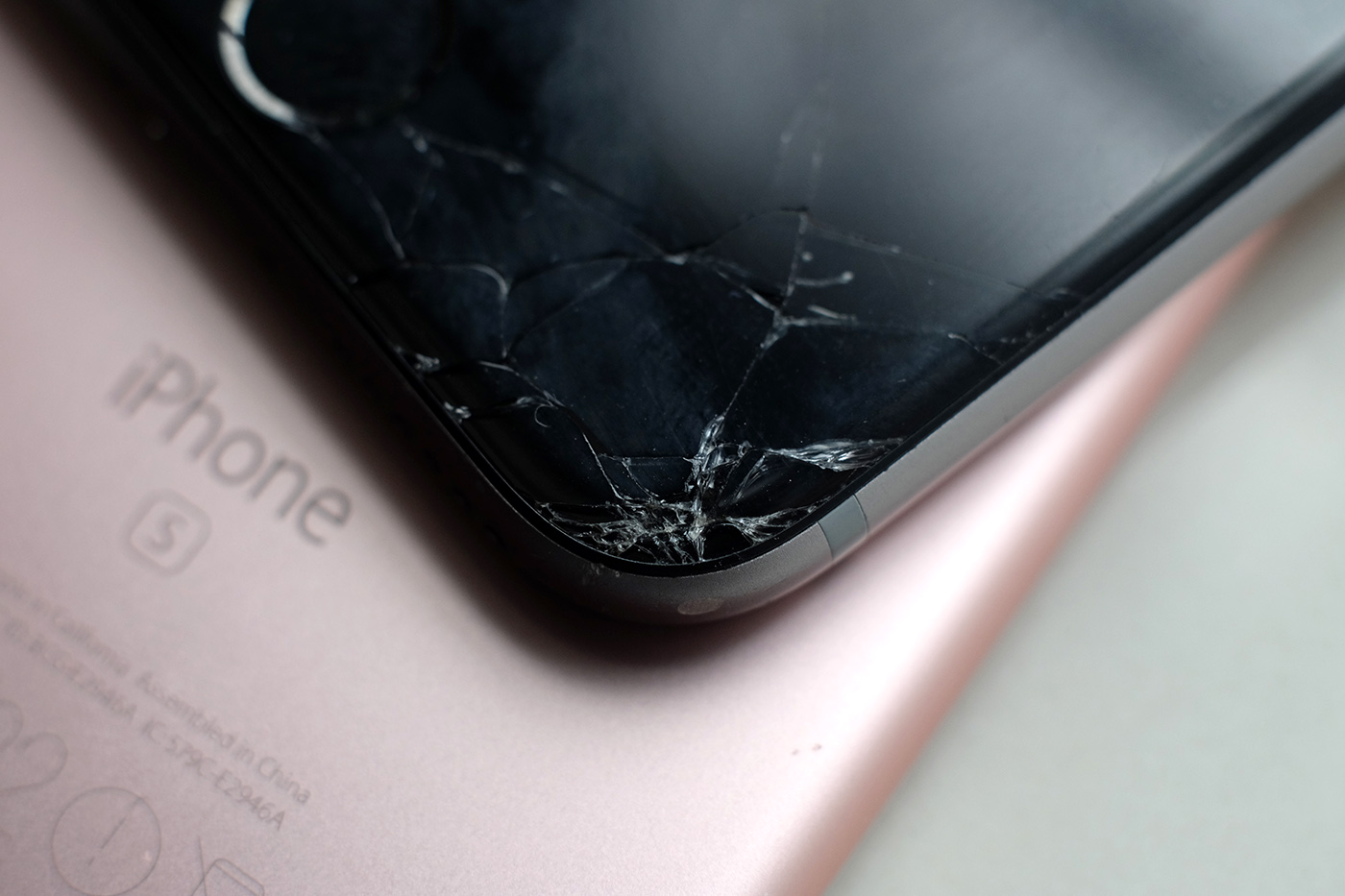 Corning, the firm that's famous for making the glass for your smartphone that never, ever breaks, has now signed a deal with Ford. The firms are teaming up to produce a new windshield glass for next year's Ford GT that promises to be thinner, lighter...
Corning, the firm that's famous for making the glass for your smartphone that never, ever breaks, has now signed a deal with Ford. The firms are teaming up to produce a new windshield glass for next year's Ford GT that promises to be thinner, lighter...






